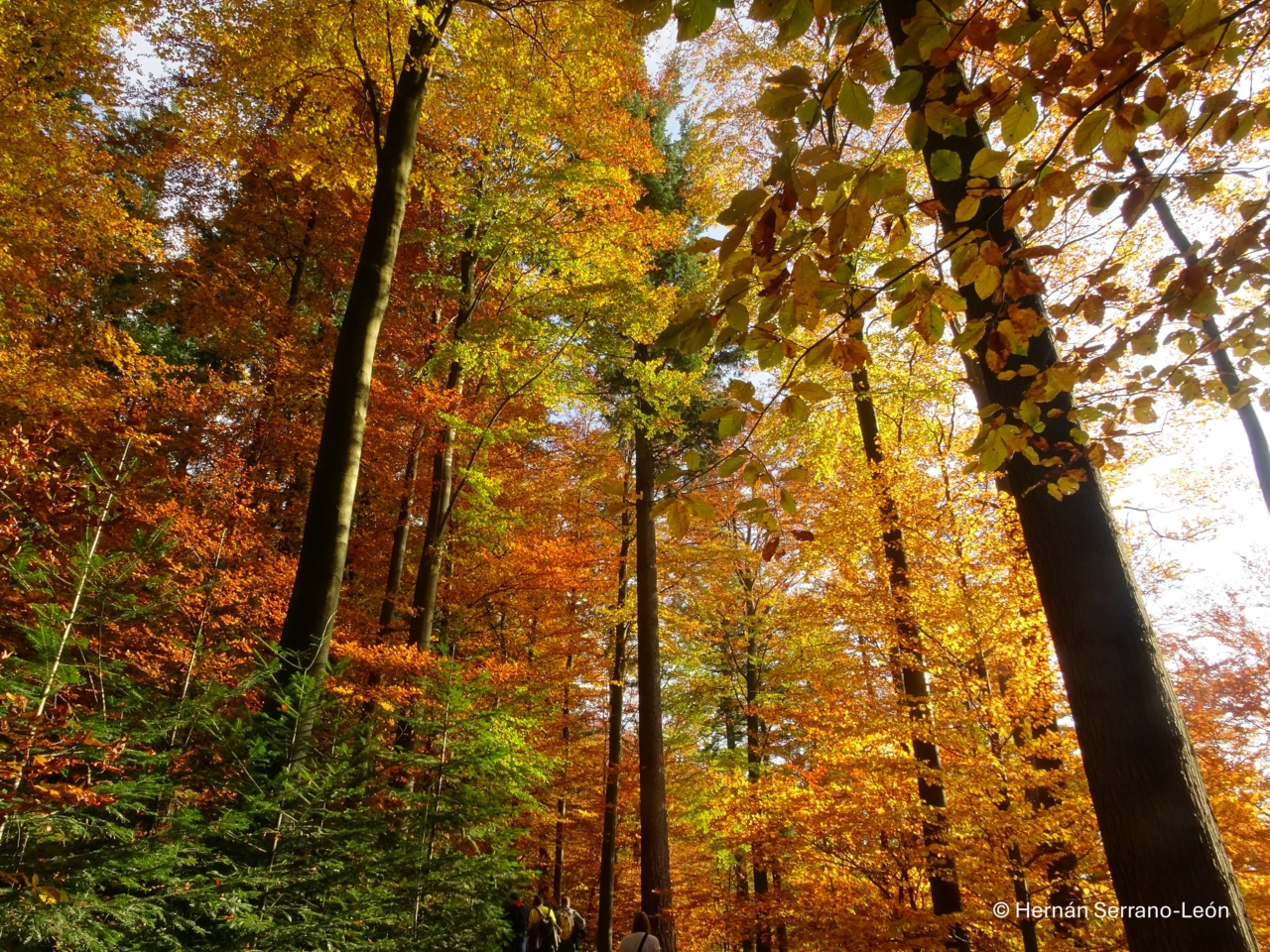Best Practice Knowledge Base
3. Enhancing Functional Diversity

Functionally diverse forest. Freiburg, Germany © Hernán Serrano-León
Enhancing functional diversity in forest restoration is essential for building resilient ecosystems that can adapt to environmental changes. A diverse range of species with complementary traits improves nutrient cycling, soil stability, and resistance to pests and diseases. Functional diversity also enhances ecosystem productivity and recovery by ensuring that key ecological roles—such as nitrogen fixation, pollination, and carbon sequestration—are maintained. Effective restoration should prioritize species selection based on functional traits, and support interactions that sustain long-term ecosystem health.
3.1 Conversion of monocultures to mixed stands
Converting plantation forests (i.e., intensively managed planted forests of one or two species, even-aged, and with regular spacing) to mixed, uneven-aged stands, is a critical practice aimed at enhancing ecological resilience, biodiversity, and ecosystem services. This transformation reduces vulnerability to pests, diseases, and climatic extremes by promoting structural and functional diversity. The process typically involves a reduction in density to introduce spatial variability, underplanting or interplanting diverse species, and fostering natural regeneration to create age and species heterogeneity. Key considerations include site conditions, compatibility of selected species, soil fertility, and hydrological impacts. Managing competition among species, protecting young plants, and ensuring sustainable harvesting are vital to maintaining balance during the transition.
3.2 Enrichment planting/underplanting
Enrichment planting is aimed at enhancing the biodiversity and ecological function of degraded or secondary forests. It involves the deliberate introduction of target tree species, often due to their high ecological or economic value, into areas where natural regeneration is insufficient or dominated by less desirable species. This method accelerates forest recovery by improving canopy structure, increasing species diversity, and promoting habitat creation for wildlife. It requires careful species selection in consideration of restoration targets, as well as site conditions, and eventually, site preparation measures. Furthermore, proper monitoring and competition control are vital for long-term success.



